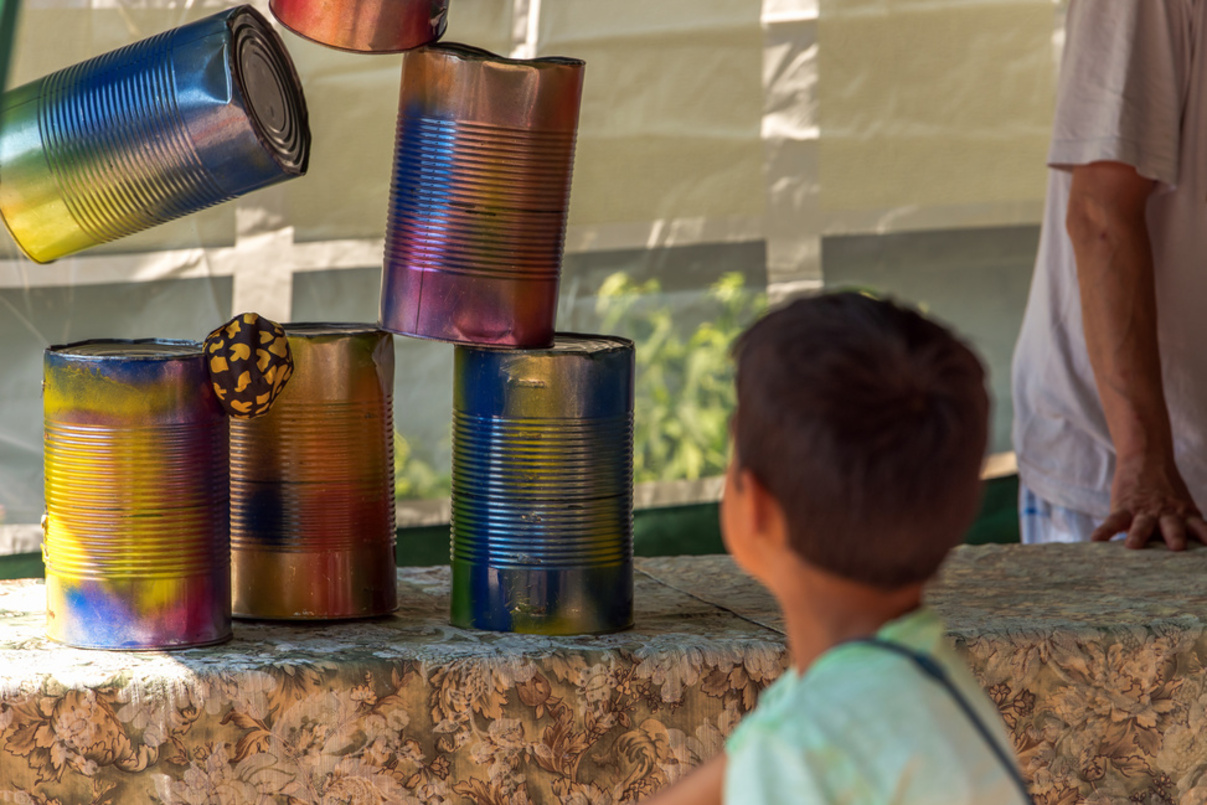Ah, September! In most places in the country, that means the start of a new school year, and all the new starts that come with it: new clothes, new backpacks, new pencils, and (my personal favorite) new books! Lessons don’t always come in books and lectures, including—especially!—for younger children. They absorb everything around them and apply it in ways we adults don’t always predict.
But sometimes…we can. Sometimes, we can plan for those clever little brains and lead them to life lessons in fun and unexpected ways. Create a lesson on project management out of a request for a summer activity? Absolutely! Turn a request for a second helping at dinner into menu preparation and small-group brain-storming? Exactly!
We once turned an elementary school carnival into a lesson on budgeting that was fun for everyone. All it takes is a little planning and some intentionality.
- Prepare their minds for how this is going to work. Talk to them about the plan before you arrive, starting days before, so they know what to expect. This step can really build excitement for the event, so have fun anticipating the good time you’re all going to have together!
- Do your recon. As soon as you arrive, take a walk around the entire carnival. Check out all the booths and use a pen and a piece of paper—or the camera on your cell phone—to capture how much each game costs. Pro tip: be sure to capture the name of the game as well as the cost. The environment is far too exciting to remember the other half of the information!
- Put first things first. At the carnival we attended, dinner cost four tickets. That was non-negotiable. It’s akin to buying food or paying the rent as an adult, just on a kid’s level. Then you get out your recon list and start planning the really fun stuff! Have them pick the game they want most first and set the tickets aside, then second-most, third-most, and on down the line until all the tickets are spoken for.Pro tip: be flexible. Kids are largely generous, and you may find that other children gift extra tickets to your family as you go. You can emphasize that you get to have extra fun because of the generosity of others, or you can pass extra tickets on to someone else, or a combination. No plan survives contact with reality; just keep your goals in mind and act accordingly.
- Have fun! This is the most important step of budgeting: enjoying the fruits of your labors as the budget gives you the freedom to “spend” what you want, knowing that you’ll have enough. We finished the evening with smiles and a calm, happy exit, having done all the games that mattered most.
Everyone has to come to understanding on their own, but we can discover opportunities for that understanding to spark. Those opportunities are everywhere, and spotting them, or creating them, is a learning opportunity of its own!
Question: What ordinary moment can you turn into a learning opportunity for someone this week? Share your thoughts in the comments, on Twitter, LinkedIn, or Facebook.

